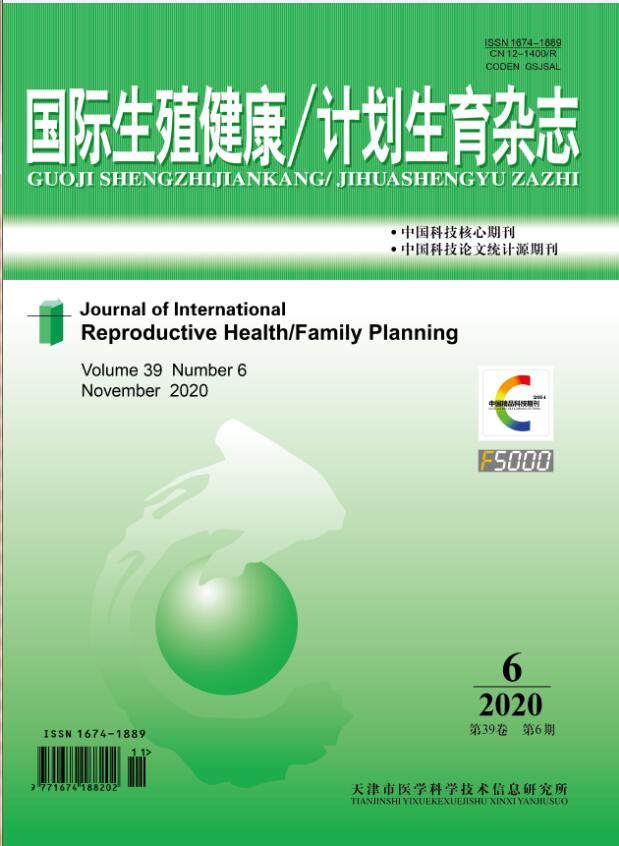|
|
Effects of Different Triggering Patterns on Oocyte Maturation and Pregnancy Outcome during Antagonist Regimen
WEI Chao-feng, LIAN Fang
2020, 39 (5):
361-364.
Objective: To compare the effects of different triggering methods on the oocyte maturation and pregnancy outcome during antagonist regimen. Methods: A retrospective analysis was performed on the data of patients who underwent in vitro fertilization-embryo transfer (IVF-ET) antagonist protocol in our center from January 2014 to December 2018. A total of 176 cycles were divided into 2 groups according to the trigger method. Group A (dual trigger) was treated with gonadotropin-releasing hormone agonist (GnRHa) 0.2 mg and human chorionic-gonadotropin (hCG) 2 000 IU(n=58), and Group B (single trigger) was treated with hCG 10 000 IU, rhCG 250 μg or hCG 2 000 IU+rhCG 250 μg (n=118) . The age, infertility time, body mass index (BMI), basal follicular stimulating hormone (FSH), gonadotropin (Gn) stimulation days, Gn dosage, number of retrieved oocytes, mature oocytes rate, 2PN fertilization rate, D3I embryo rate, biochemical pregnancy rate, clinical pregnancy rate and live birth rate were analyzed. Results: There were no significant differences in the age, infertility time, BMI, basal FSH level, Gn days and Gn dosage between the two groups (P>0.05). There were no significant differences in the mature oocytes rate, 2PN fertilization rate, biochemical pregnancy rate, ectopic pregnancy rate and abortion rate between the two groups (P>0.05). However, the number of retrieved oocytes, D3I embryo rate , clinical pregnancy rate and live birth rate in Group A were significantly higher than those in Group B (all P<0.05). Conclusions: Compared with hCG trigger alone in antagonist regimen, the GnRHa combined with hCG trigger method can improve the pregnancy outcome. Especially, those patients with poor oocyte and embryo quality may try the combined trigger method.
Related Articles |
Metrics
|

